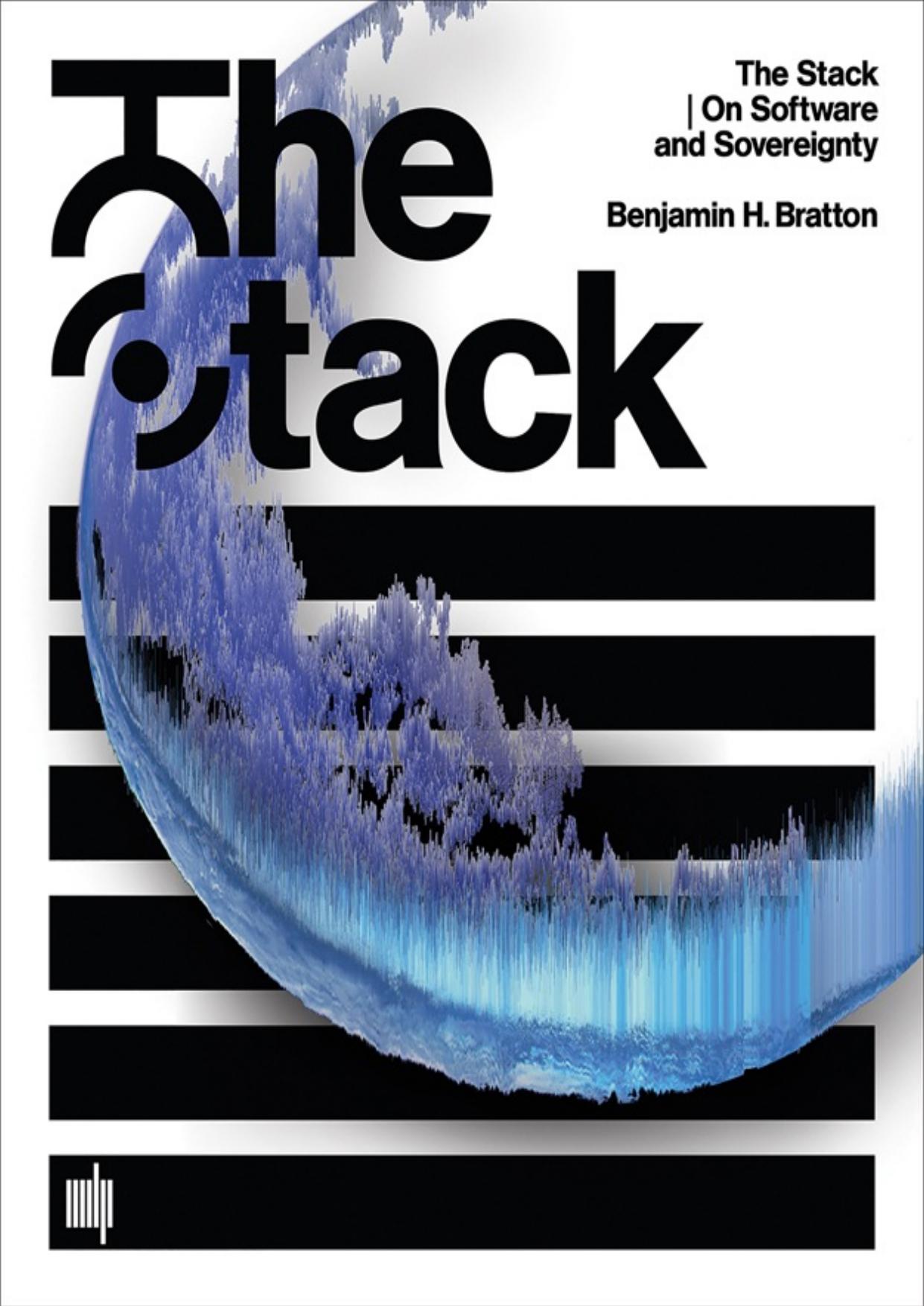The Stack: On Software and Sovereignty (Software Studies) by Benjamin H. Bratton

Author:Benjamin H. Bratton [Bratton, Benjamin H.]
Language: eng
Format: epub, mobi, pdf
ISBN: 9780262029575
Publisher: The MIT Press
Published: 2016-02-25T23:00:00+00:00
48. Communication and Composition
Design can only grope with the implications of an Address layer that meets matter at its own scales, and surely, unfortunately, it will do so initially through a demand that everything must appear and be disclosed to the cartographic militation of logistical necessity. But the geographies of communication are never and can never be limited to fixing things according to path and place. Things in the world always communicate and exchange information: DNA, RNA, and hair follicles disturbed by sound waves and sunlight exchanging information with celluloid film, for example. Things inform one another in specific ways, and this specificity is how Michel Serres defines communication as the work of Hermes. Adjacent to this, I see addressability not just as an absolute logistics but as a transalphabetic compositional platform. The logic of deep address is not only to identify discrete things and capture them into the fold by tagging them but also to designate with some manner of practical durability the ephemeral, immaterial, even metaphorical associations between instances, and thereby framing them as addressable events and passing them along as messages. By one perspective, this is what poetry does with written words. Its facility is not in the naturalistic explication of things as they are, but in the ongoing demonstration of language's ability to contend with the affective contradictions of semantic abstraction. It might do this through the alignment of ideas that, by their positioning just so, are arranged for us as the trace of an alternative perception, or through the fixing of symbols on a surface that, through the poet's cunning alienation of our interpretation, disclose startling truths about the materials of writing, sounding, reading, and so on. Similarly for deep address, in the assignment of a specific sequence of addressing identities to a precisely chosen web of immaterial associations now made into singularities (a certain view out the window, the falling of an anonymous bit of debris, one moment in the crashing together of dangerous alloys like a car and a driver), we render a composition built of nothing but a stream of applicable addresses resolving (somehow) to the signified arrangement of concepts, proximities, and appointments. The more difficult assignment for design is to compose relations within a framework that exceeds both the conventional appearances of forms and the provisional human context at hand, and so pursuing instead less the materialization of abstract ideas into real things than the redirection of real relations through a new diagram.
In expanding the space of potential addressability, the protocol interfaces between any two things that could be encapsulated into a provisional incorporation claim for them a position within a territorial apparatus. Even so there can't be one single necessary relationship between a comprehensive computational addressing mechanism, such as the Address layer of The Stack, and the given distribution of things in the world. There is no one matrix of correspondence between a primary planetary plane and a second artificial machinic layer. Instead, between the two are qualified simulations and countersimulations that always flow both ways.
Download
The Stack: On Software and Sovereignty (Software Studies) by Benjamin H. Bratton.mobi
The Stack: On Software and Sovereignty (Software Studies) by Benjamin H. Bratton.pdf
This site does not store any files on its server. We only index and link to content provided by other sites. Please contact the content providers to delete copyright contents if any and email us, we'll remove relevant links or contents immediately.
Deep Learning with Python by François Chollet(11898)
Hello! Python by Anthony Briggs(9373)
OCA Java SE 8 Programmer I Certification Guide by Mala Gupta(9343)
The Mikado Method by Ola Ellnestam Daniel Brolund(9307)
Dependency Injection in .NET by Mark Seemann(8859)
Algorithms of the Intelligent Web by Haralambos Marmanis;Dmitry Babenko(7852)
Test-Driven iOS Development with Swift 4 by Dominik Hauser(7326)
Grails in Action by Glen Smith Peter Ledbrook(7296)
The Well-Grounded Java Developer by Benjamin J. Evans Martijn Verburg(7117)
Secrets of the JavaScript Ninja by John Resig Bear Bibeault(5957)
Kotlin in Action by Dmitry Jemerov(4638)
Practical Vim (for Kathryn Amaral) by Drew Neil(3728)
Cracking the GRE Premium Edition with 6 Practice Tests, 2015 (Graduate School Test Preparation) by Princeton Review(3597)
Linux Device Driver Development Cookbook by Rodolfo Giometti(3418)
Learn Windows PowerShell in a Month of Lunches by Don Jones(3243)
Learning Java by Patrick Niemeyer & Daniel Leuck(2872)
Learning React: Functional Web Development with React and Redux by Banks Alex & Porcello Eve(2839)
Becoming a Dynamics 365 Finance and Supply Chain Solution Architect by Brent Dawson(2694)
Mastering Java 9 by Dr. Edward Lavieri(2573)
